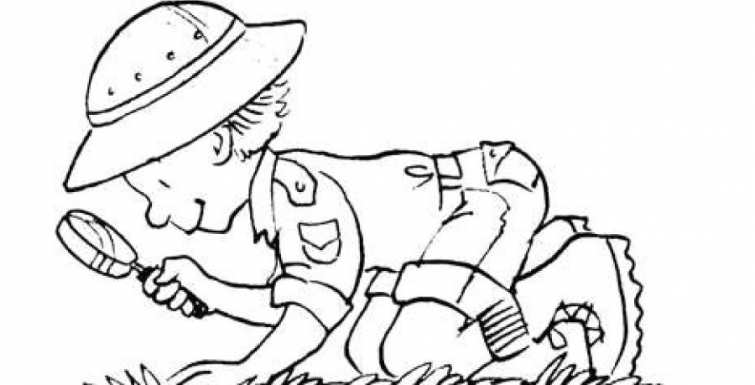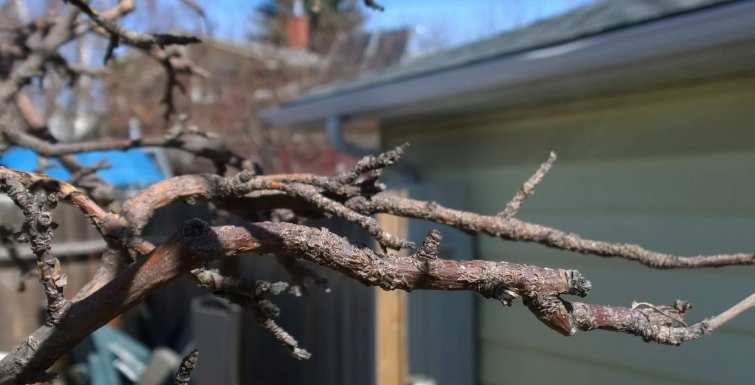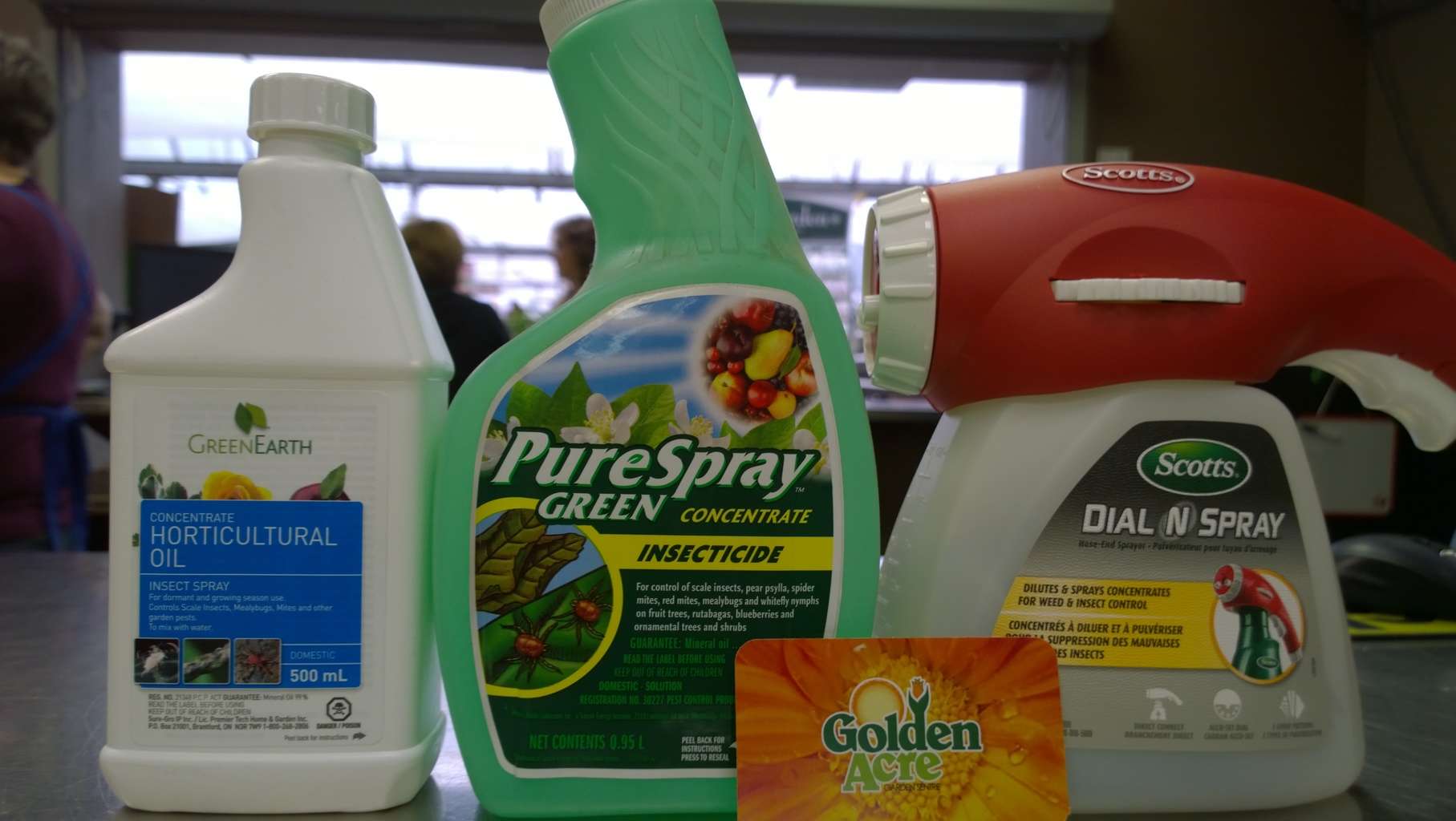One of the best strategies you can use to manage pests is monitoring. With accurate monitoring you can identify and mitigate pest problems on your trees and other plants in your yard. A pest can be classified as any insect, disease or weed that has a significant impact on human health or crops.
Proper monitoring involves a few key elements. You need to know the plant species you are dealing with, also be familiar with or research which pest problems the plant is most likely to have, including pest life cycles. Now you know what to keep an eye out for. Identification of the pest is really important because there are many insects that are either beneficial or benign. Some insects only cause cosmetic damage to trees, the tree will not die from the insect causing a little bit of damage. Now we are getting into pest thresholds which can be covered in a different article. Most spray insecticides are non selective which means they kill all of the good bugs with the bad bugs.
Ideally monitoring for pests should be done early and frequently throughout the year. Early observation will allow you to catch pest populations and implement any control measures if required before you see significant damage to your plant. Early detection and control can also help prevent minor infestations from becoming severe infestations.
You should also monitor regularly throughout the season, if you are not familiar with what plant you have or which insects to look for keep an eye on the overall vigor of the plant. A great time and schedule to follow for monitoring would be while weeding or watering the garden and yard. Besides monitoring do what you can to keep your tree healthy with regular watering and fertilizing if the plant is showing signs of deficiency. The words plant and tree are being intermixed in this article because monitoring for pests and integrated pest management applies to all plants especially food crops including trees.
Some useful tools used for monotiring include a magnifying glass and a keen eye with attention to detail. One of our favorite tools to use to check for insects like mites, aphids and other small insects is a sheet of paper. Shake a branch over a sheet of paper to observe if any critters end up on the paper. Keep an eye on the underside of leaves and at leaf/stem intersections as many insects like to hide in these areas.




